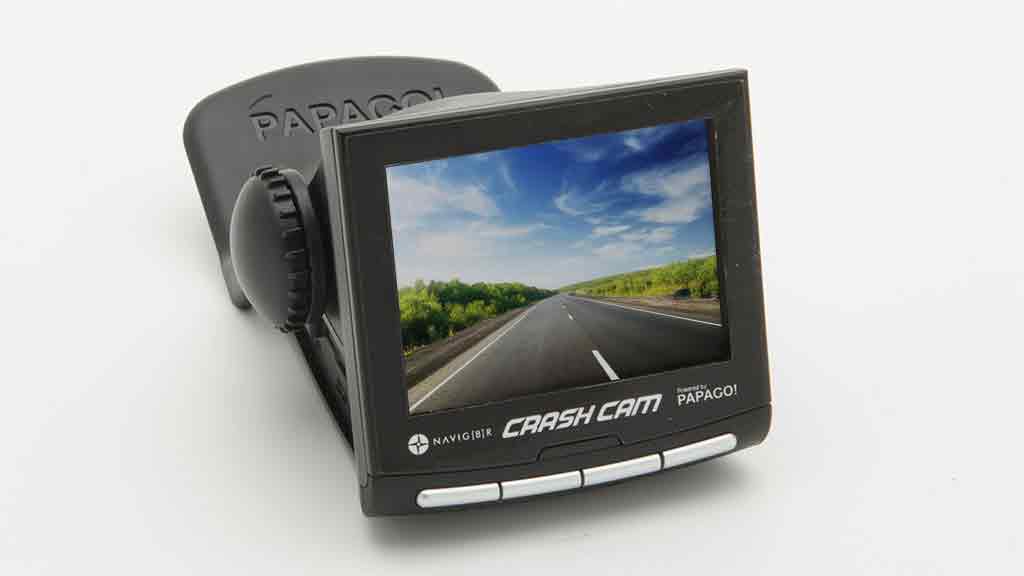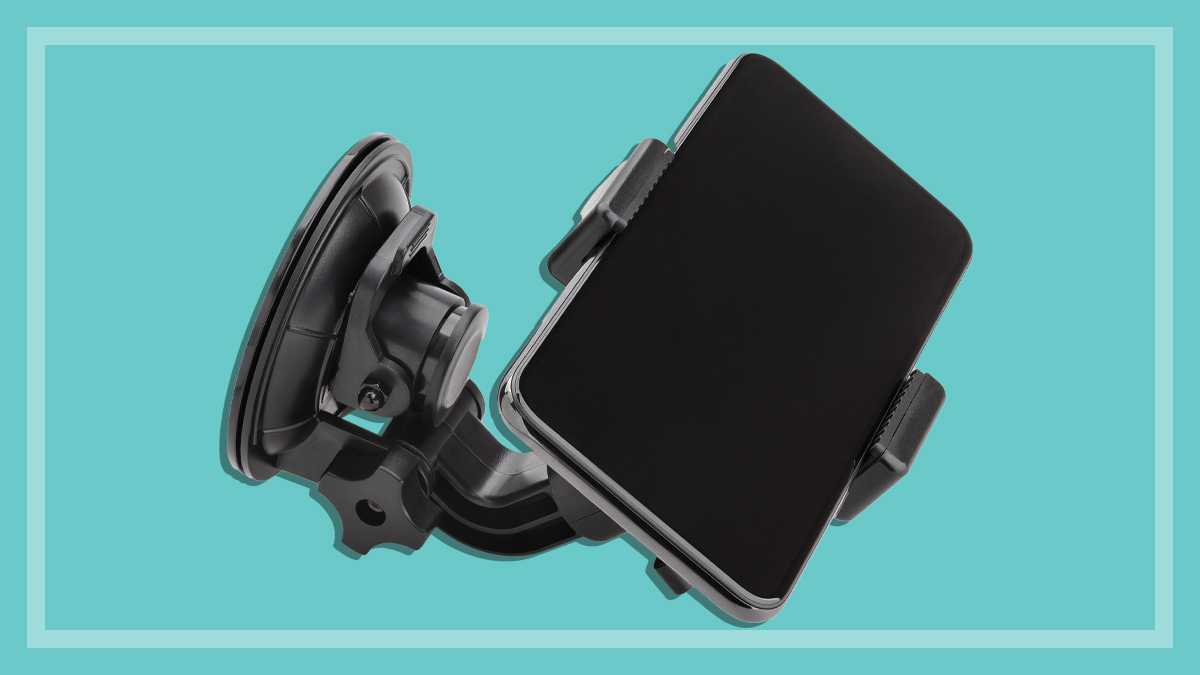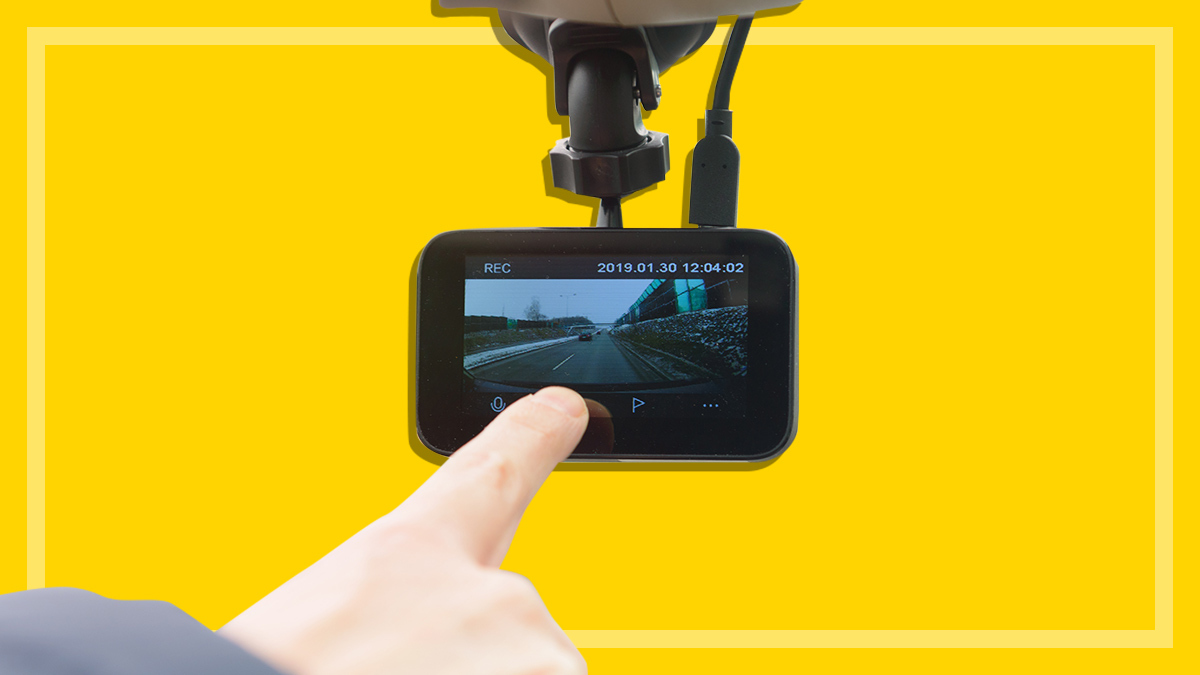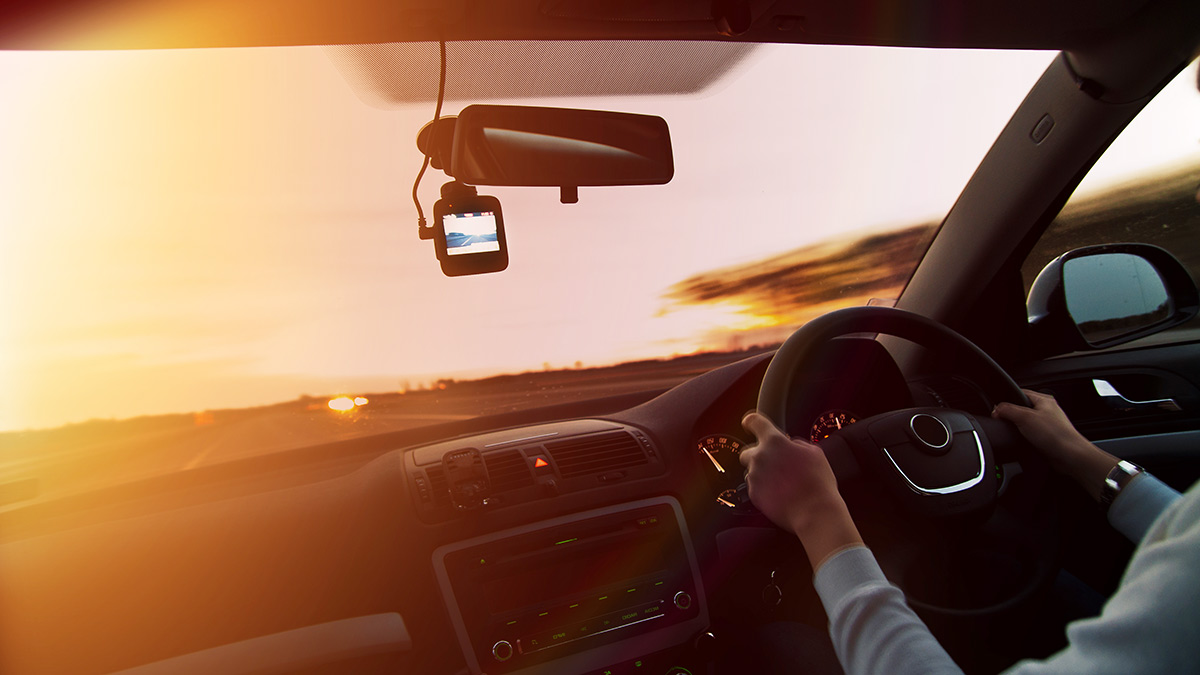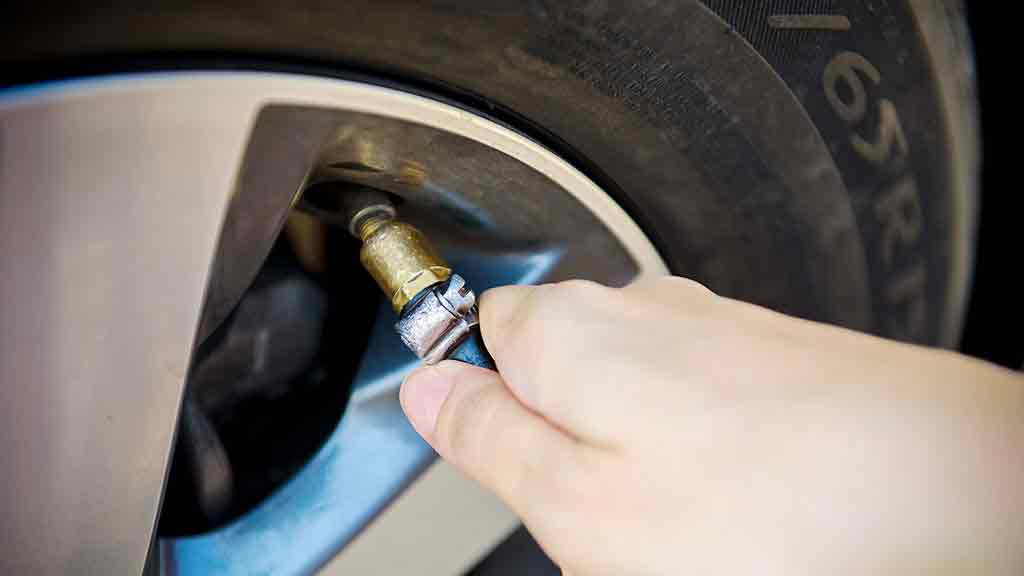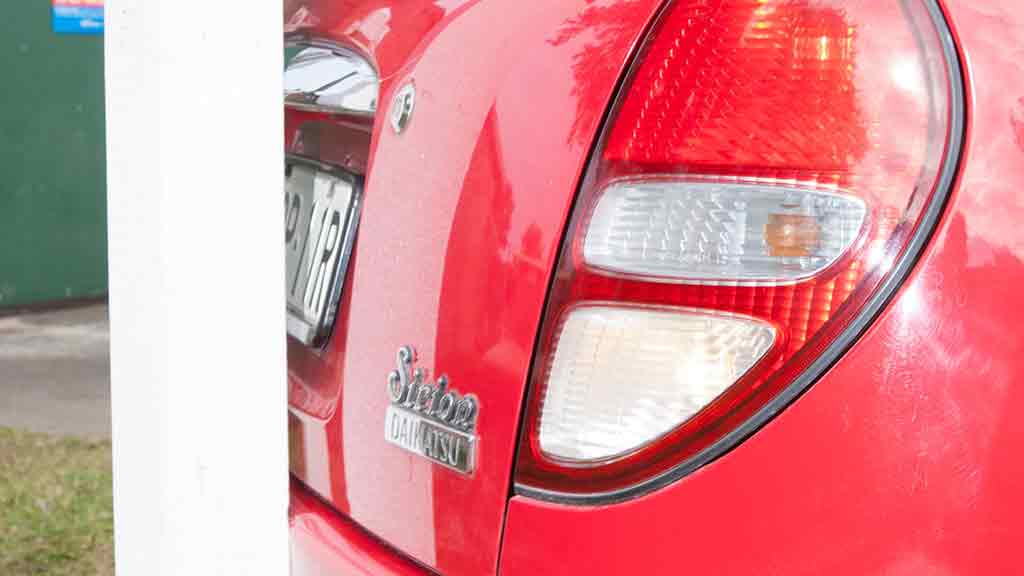Get our independent lab tests, expert reviews and honest advice.
First look: Thinkware T700 dash cam
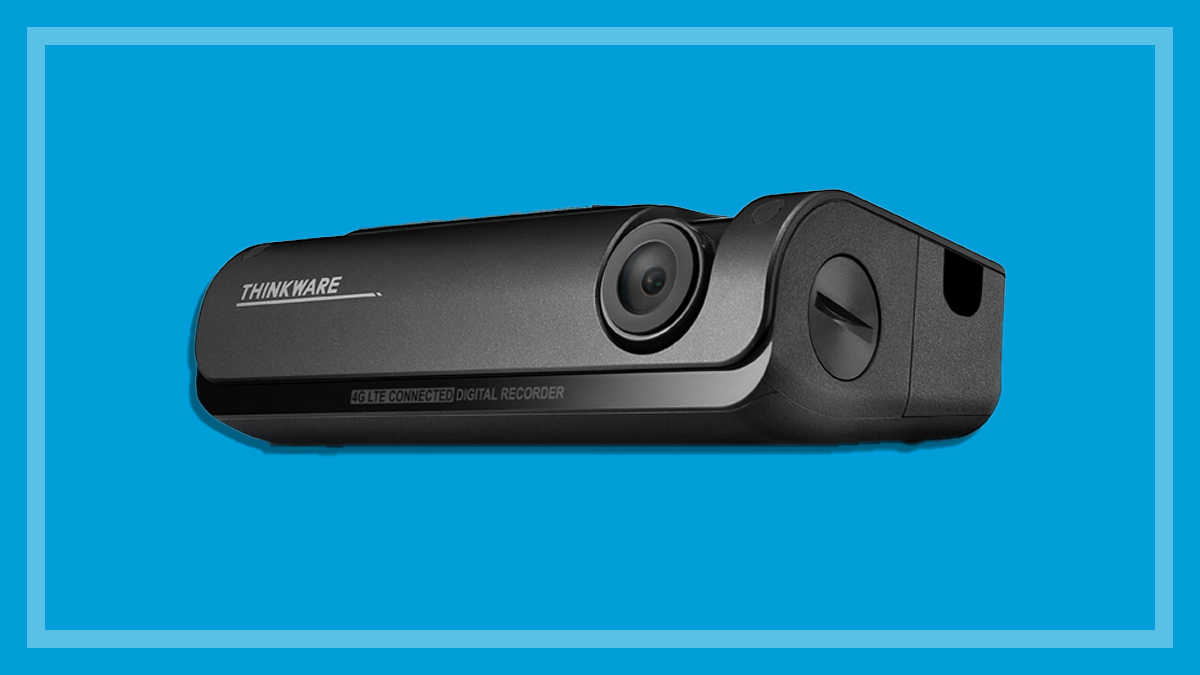
CHOICE verdict
If you want to retroactively add remote monitoring to a vehicle that doesn’t have these features built in, then Thinkware’s T700 dash cam may seem like an enticing option. But the feature set is limited, it’s tricky to set up, and general performance is mostly middling.
Price: $799
Contact:
thinkware.com.auOn this page:
- Is the Thinkware T700 a good dash cam?
- How easy is it to use?
- Are the 4G features worth it?
- Should you buy the Thinkware T700?
Some fancy modern cars have built-in cameras that let you keep an eye on things via your phone using mobile data coverage. But what if you want to add these security tools to a cheaper or older vehicle?
Thinkware wants to fill this gap with the T700, a SIM-enabled dash cam that allows remote access for features like live streaming, incident alerts and footage stored on the SD card. But they’re a nice, if somewhat limited, set of features, especially for a product with an almost $800 asking price.
Is the Thinkware T700 a good dash cam?
The T700’s video quality is OK during the day, but it’s generally fuzzy with some compression and artefacting (a blocky appearance). At night, performance is borderline at best. The video is very high-contrast and often appears unfocused.
To its credit, the T700 does have a broad 140-degree viewing angle, which is wider than most dash cams on the market. A wired rear camera is included in the box too, giving you the option to fit a reverse cam if you’d like. But these don’t quite make up for the average looking video.
The thing is, while the T700 can do a reasonable job of capturing incidents during the day, the picture quality lacks detail. Identifiers like facial features or number plates aren’t guaranteed to be clear, which is a real problem if you need to use the footage in an insurance claim.
How easy is it to use?
Unlike other dashboard cameras we’ve road-tested, the T700 dash cam isn’t exactly user friendly. For example, it doesn’t have a built-in screen so you’re forced to link it to the accompanying smartphone app to navigate the settings.
This isn’t a huge issue in itself, especially since it reduces the size of the dash cam. But the app is badly designed and is often difficult to navigate.
Identifiers like facial features or number plates aren’t guaranteed to be clear, which is a real problem if you need to use the footage in an insurance claim
The camera uses an adhesive mount to keep it in place on the windscreen, and it works well, provided you only want to tilt the viewing angle up and down as the mechanism doesn’t allow side to side adjustment.
It’s a frustrating shortcoming as you may want to swivel the camera a little to the left or right depending on where you’re able to mount it on your windscreen. Central mounting isn’t always an option and the T700 can’t accommodate that.
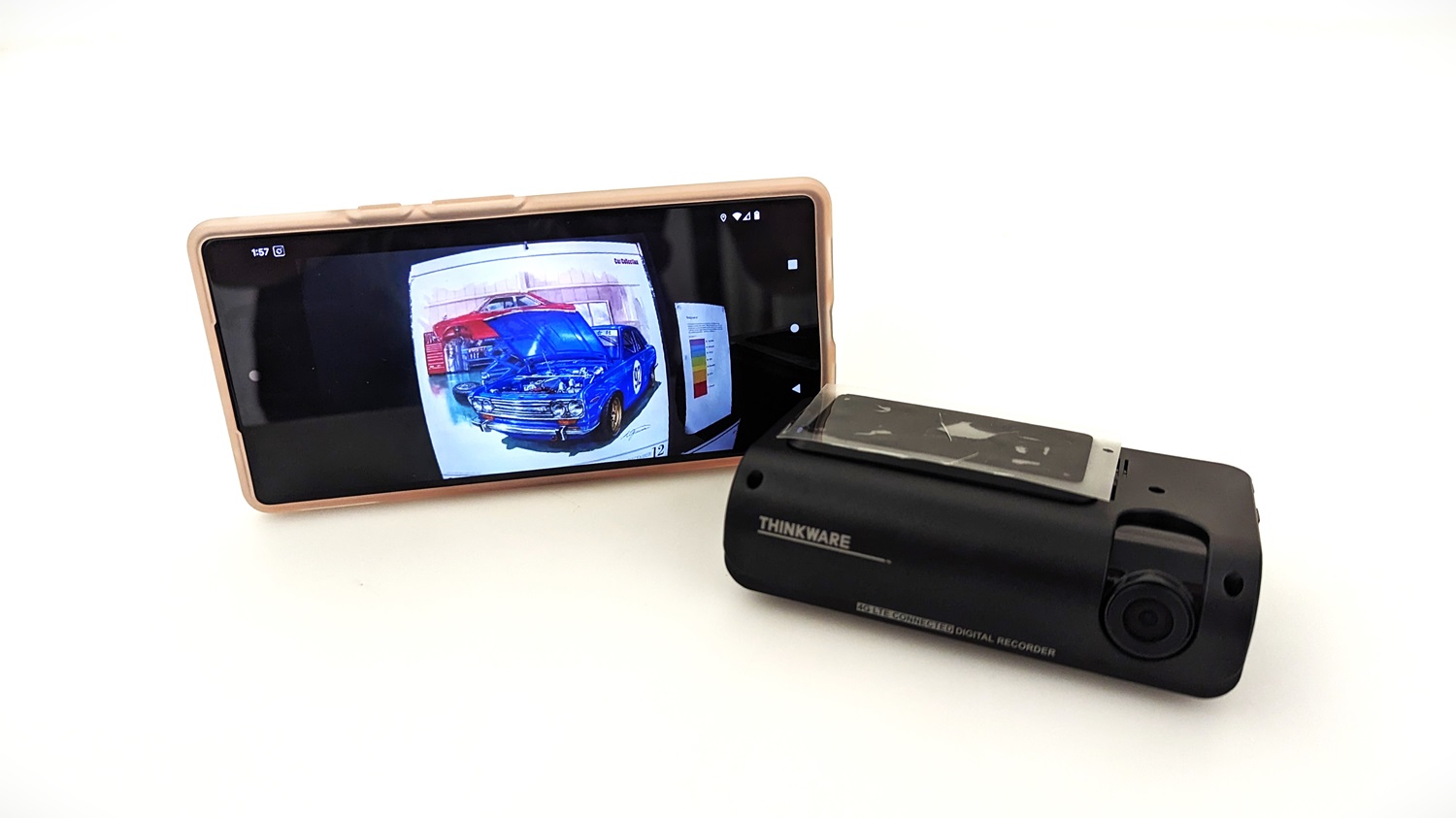
Are the 4G features worth it?
Mobile connectivity gives you remote access to the dash cam on Telstra or Vodafone 4G LTE networks (sorry Optus) via a Thinkware app. This feature requires a separate SIM with its own data plan and is only available in parking mode. It’s most useful when you want to keep an eye on things while you’re away from your vehicle.
After it’s all hooked up you can live stream to the app, receive incident updates (e.g. if the camera detects a collision) and transfer footage to your smartphone or tablet. It also tracks and logs vehicle movements such as acceleration, braking and more.
Though the T700 advertises real-time updates, it actually takes about 10 seconds before any activity reaches the app. It’s not a major delay but it’s one that’s more along the lines of real-timeish.
Features like these are typically reserved for expensive, modern cars but the T700 gives you the option to retroactively add them to older or cheaper vehicles. They’re not exactly ‘must-have’ tools but they’re certainly useful provided you can endure the convoluted set-up process.
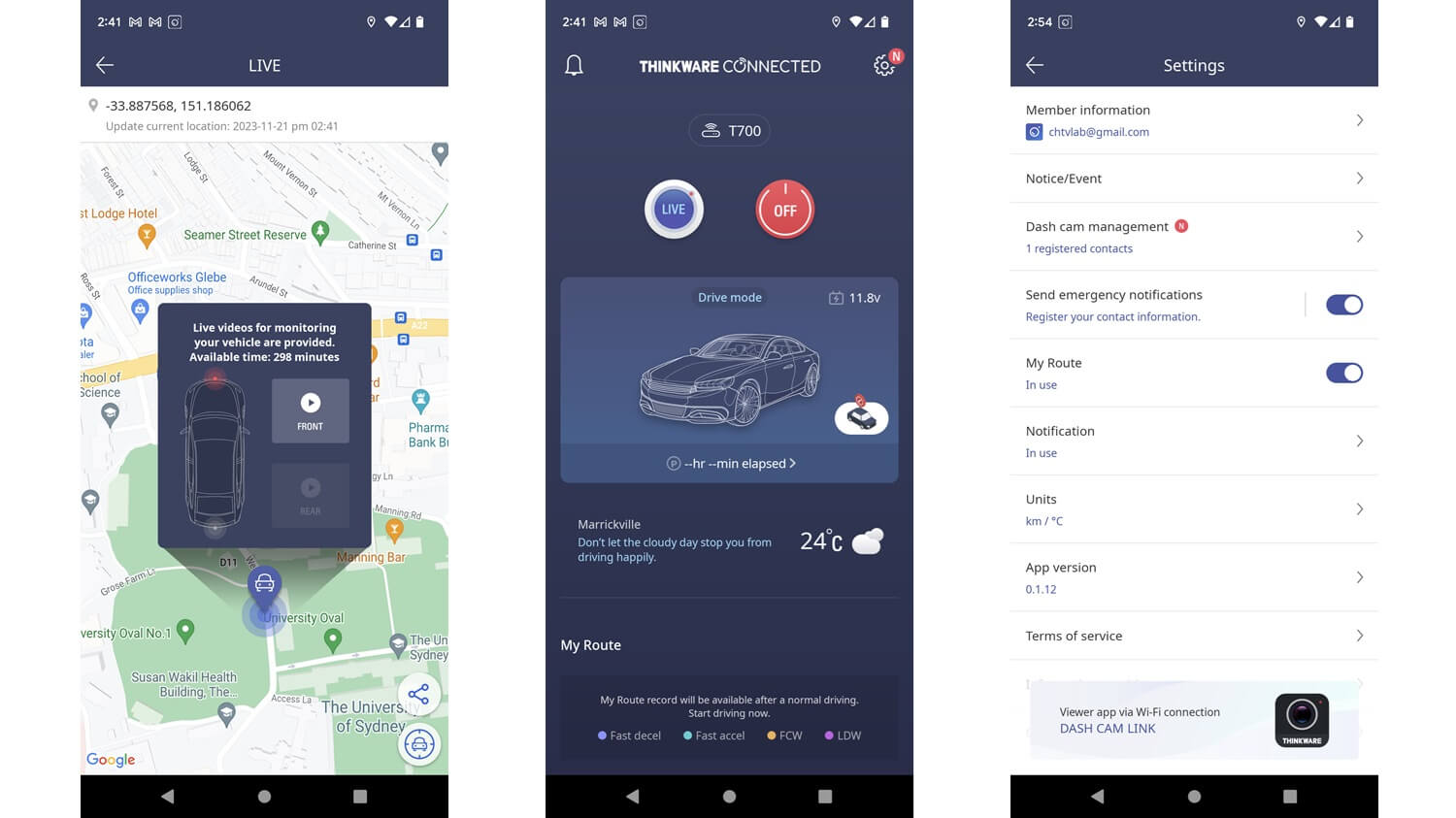
First, the T700 needs to be hardwired to the car’s battery to keep operating once the car is turned off. It comes with a hardwire kit but you may need to get an auto electrician involved for this step.
Next, you need to connect the camera to the app. You’d think this would be the default app used to access the camera, but no. The remote access features use a separate Thinkware app, which means you need install, and swap between, two apps to fully operate the camera.
After that, you need to follow a complicated 12-step process to link the camera with your phone. It’s long and pretty messy – so much so that we’ve written out the steps below in case you’re having trouble.
Before starting, remember to pick up a new Telstra or Vodafone SIM.
- Turn off your phone, take out the existing SIM and replace it with the new Telstra or Vodafone SIM.
- Turn your phone on, and wait for your phone to show that it has mobile network reception.
- Go into your phone settings, and display the SIM status.
- Look for a data item called ICCID. This is a unique identifier of the SIM card. It’s not the telephone number or the number printed on the card.
- Write down the ICCID. You’ll need to enter this into the Thinkware Connected LTE app.
- Take the SIM out of your phone and put it into the dash cam.
- Put your original SIM back into your phone.
- Turn on the dash cam and your phone.
- After a short time, the dash cam should say “Internet connected”. If it says “Internet is not connected”, it means the new SIM is not working.
- If you haven’t already done so, install the Thinkware Connected LTE app on your phone. Note that this is different to the regular Thinkware Dash Link app.
- Follow the set-up steps in the app and enter the ICCID when prompted.
- After a short time, the app should show that it is connected to the dash cam. Tap the Live View button, and after a short delay, you should be able to see what the dash cam sees.
Should you buy the Thinkware T700?
When it comes to the core dash cam functions, the T700 is an average performer at best. Video quality isn’t great, the app is often difficult to navigate, and it has limited viewing options when mounted.
Added remote access functions are nice but ultimately feel limited and a bit half-baked. Despite Thinkware’s best efforts, these features don’t help the T700 stand out from the pack, especially when you consider the $799 price tag.

